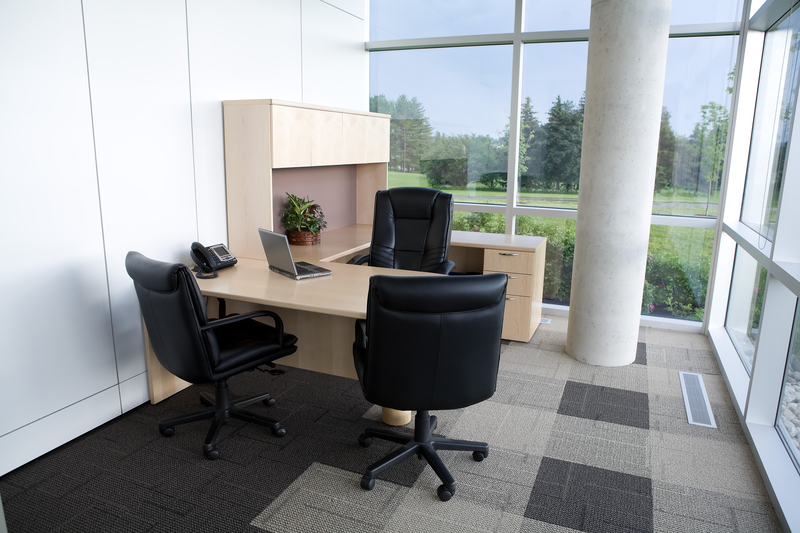Misguided Attacks on Green Building
Recently, during the ongoing discussion with regard to LEED and the GSA, the American Chemical Council (ACC) issued a document that made arguments against the LEED rating system by making claims that LEED redlined certain chemicals, would hurt energy efficiency and that using the LEED system would cost jobs in the chemical industry.
Well, it appears that misinformation is alive and well in all aspects of society. What I find interesting is that when confronted with factual information, people who are threatened by something new will do anything to obfuscate the facts.
The ACC has made claims that the new version of LEED “redlines” certain chemicals. Simply untrue (with the exception of CFC’s which have always been prohibited).
LEED is a markets approach. It attempts to create market transformation by encouraging the use of sustainable products. For example, ten years ago, finding 0 VOC paint was a challenge. Not today.
I can’t give all of the credit to the LEED process, but certainly some of it goes to the increased demand for this product. The same holds true on FSC lumber. Now easy to find and price points are nearly if not more often than not, identical.
As to job loss, I can find no supporting data for ACC’s claims. Another red herring.
My favorite is that if we use the LEED standard, and use materials that minimize dangerous, or potentially dangerous chemicals, we will compromise energy efficiency. This type of statement simply shows a complete lack of understanding with regard to buildings.
Integrated, holistic design yields a full plate of benefits including energy efficiency, healthier air, and more natural light with fewer chemicals off gassing. A true scientist would know this.
LEED can be difficult to manage at times. But my experience indicates that this occurs when people do not understand the system and that is true of most systems.
To make my point, there are a number of studies that show that LEED buildings are less costly to build per square foot, yield higher corporate profits and help improve productivity. Why?
To put it simply, well designed LEED buildings (or any green buildings for that matter), generally use fewer potentially harmful chemicals, expose people to healthier air and natural daylight and generally make for a healthier work environment. What a revelation.

